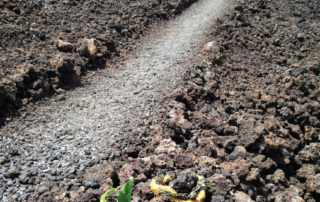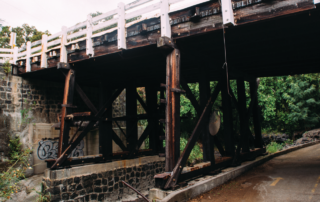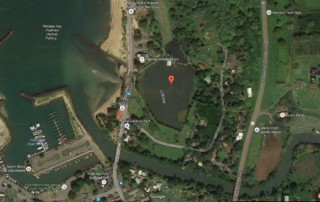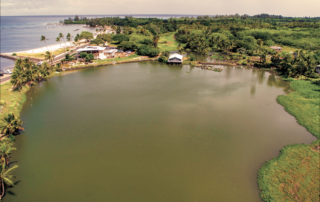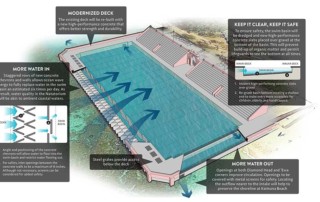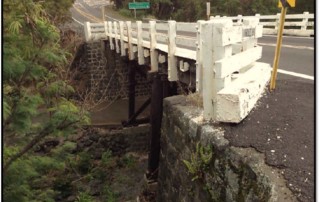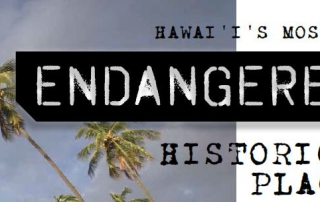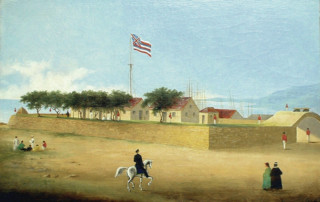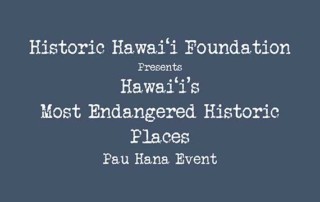Ala Kahakai Mauka to Makai Trails (2016)
Photos: Courtesy of State Historic Preservation Division Article Written By: Katrina Valcourt, HONOLULU Magazine What is it? Ancient Hawaiians used a system of trails called ala loa to travel between ahupuaa in precontact Hawaii. Over time, many evolved from footpaths tp our modern highways, but the routes remain. One of the best preserved examples is a 175-mile trail on the Big Island called the Ala Kahakai. Portions of it are on the National Register of Historic Places, however, there are many other "in-between" trails that are not, especially connecting trails running mauka to makai. What threatens it? All ancient trails are threatened by forces of nature (suck as lava flows or landslides), neglect or development. It's especially hard to preserve the trails that have not been identified as part of the ancient system; however, when they are identified, the State Historic Preservation Division takes measures to protect and preserve them, according to administrator Alan Downer. "The difficulty is that we are often working with fragmentary information. So we may have bits of trail segments identified in a report but nothing to put them in context of a system of trails," he says. "In such instances, it is difficult to make really effective management decisions because we don't have the information we need to make better ones." According to Aric Arakaki, superintendent of the Ala Kahakai with the National Park Service, "Everything is voluntary on the part of the land owners and the public to preserve it." He says that about50 percent of the trail runs through private property. "Any place that you see development coming up, we're kind of worried." What can be done? Arakaki says, "Trails that fall outside of our corridor, if they [...]


